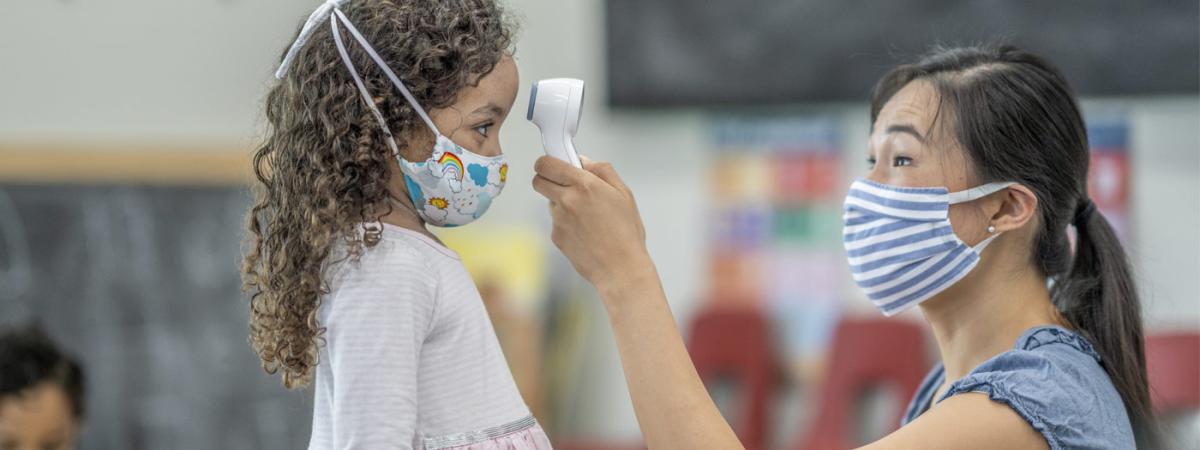Researchers from Case Western Reserve found a dramatic decrease in number of children enrolled, as providers struggle to keep their doors open
Because of COVID-19, the number of children age 5 and younger enrolled in child care in Cuyahoga County decreased 43%, while provider capacity fell 29% between September 2019 and September 2020, according to a new Case Western Reserve University study.
Researchers at the university’s Center on Urban Poverty and Community Development at the Jack, Joseph and Morton Mandel School of Applied Social Sciences, partnering with Starting Point, a local child-care nonprofit, found that this under-enrollment caused by the pandemic could threaten the survival of many local child-care providers.
Researchers published their findings online with an interactive story map to provide a detailed geographical analysis of changes in the supply and demand of child care over that one-year period.
“The health and sustainability of the child-care delivery system is critical to ensuring that children and working parents are supported,” said Meghan Salas Atwell, senior research associate and associate director of the Poverty Center and co-author of the study. “This analysis presents both areas of concern as well as points of resilience among providers and the workforce in Cuyahoga County in the face of COVID-19. Our sustained focus is needed on these observed trends as the pandemic continues to evolve and challenge our community.”

As part of the study, Starting Point staff surveyed hundreds of child-care providers in Northeast Ohio—both licensed child-care centers and family child-care homes. An overwhelming majority of them reported loss of income and increased expenses during the pandemic.
“Most concerning is the decline in child enrollment relative to capacity over this time, as well as the differential impact the pandemic is having on women and communities of color,” Salas Atwell said.
Other study highlights:
- More school-aged children were enrolled in child care as a proportion of total enrollment in September 2020 than September 2019 as providers adapted to teaching children virtually. A relatively steep decline in enrollment among children up to 17 months old was also notable.
- The COVID-19 pandemic hit licensed child care centers “harder by shocks to enrollment and capacity” than family child care homes, primarily due to the naturally small size of family child care homes leading to fewer concerns about COVID spread, Salas Atwell said.
- The proportion of the workforce deemed essential during COVID is not evenly distributed across the county; essential workers are more likely to be men and the more “COVID-impacted” workers are more likely to be women.
Rob Fischer, associate professor at the Mandel School and co-director of the Poverty Center, said the study served to honor the memory and legacy of Billie Osborne-Fears, former executive director of Starting Point, who died in September after a career working on behalf of children and families in Northeast Ohio. Osborne-Fears was the original principal investigator on this research, supported by a grant from the Robert Wood Johnson Foundation.
For more information, contact Colin McEwen at colin.mcewen@case.edu.




